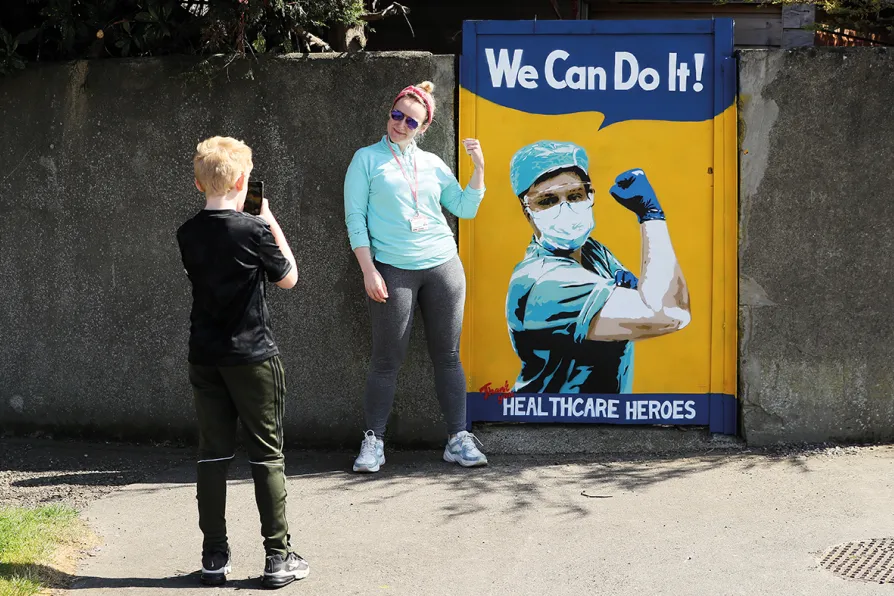Once the bustling heart of Christian pilgrimage, Bethlehem now faces shuttered hotels, empty streets and a shrinking Christian community, while Israel’s assault on Gaza and the tightening grip of occupation destroy hopes of peace at the birthplace of Christ, writes Father GEOFF BOTTOMS
Tuberculosis in Ireland — a lesson from history
What Irish history shows is that governments can improve public health when the will is there to do it, writes HELEN O’CONNOR


THE Covid-19 crisis is not the very first time that contagious disease has existed and lessons can be learned from how the Irish government got to grips with a tuberculosis crisis in 1940s Ireland.
Tuberculosis is a highly infectious disease that ravaged Ireland at the beginning of this century.
Tuberculosis used to kill more than 10,000 people per year in Dublin alone. There was a stigma around getting tuberculosis in those days and it was known as a “poor person’s disease.”
Similar stories

A maverick’s self-inflicted snake bites could unlock breakthrough treatments – but they also reveal deeper tensions between noble scientific curiosity and cold corporate callousness, write ROX MIDDLETON, LIAM SHAW and MIRIAM GAUNTLETT

The NHS continues to say Covid spreads primarily through ‘droplet and touch’ while the WHO emphasises airborne transmission, meaning vulnerable patients and healthcare workers face unnecessary risks, reports RUTH HUNT

MARJORIE MAYO recommends a remarkable book that restores another of history’s racially biased omissions











